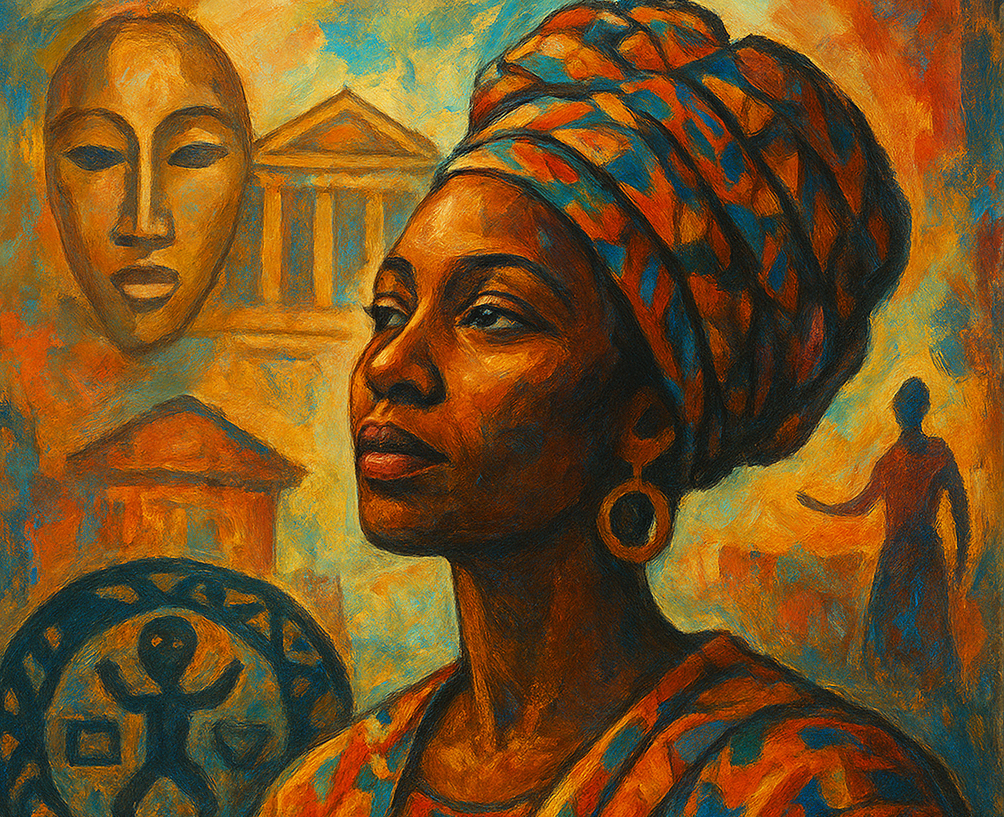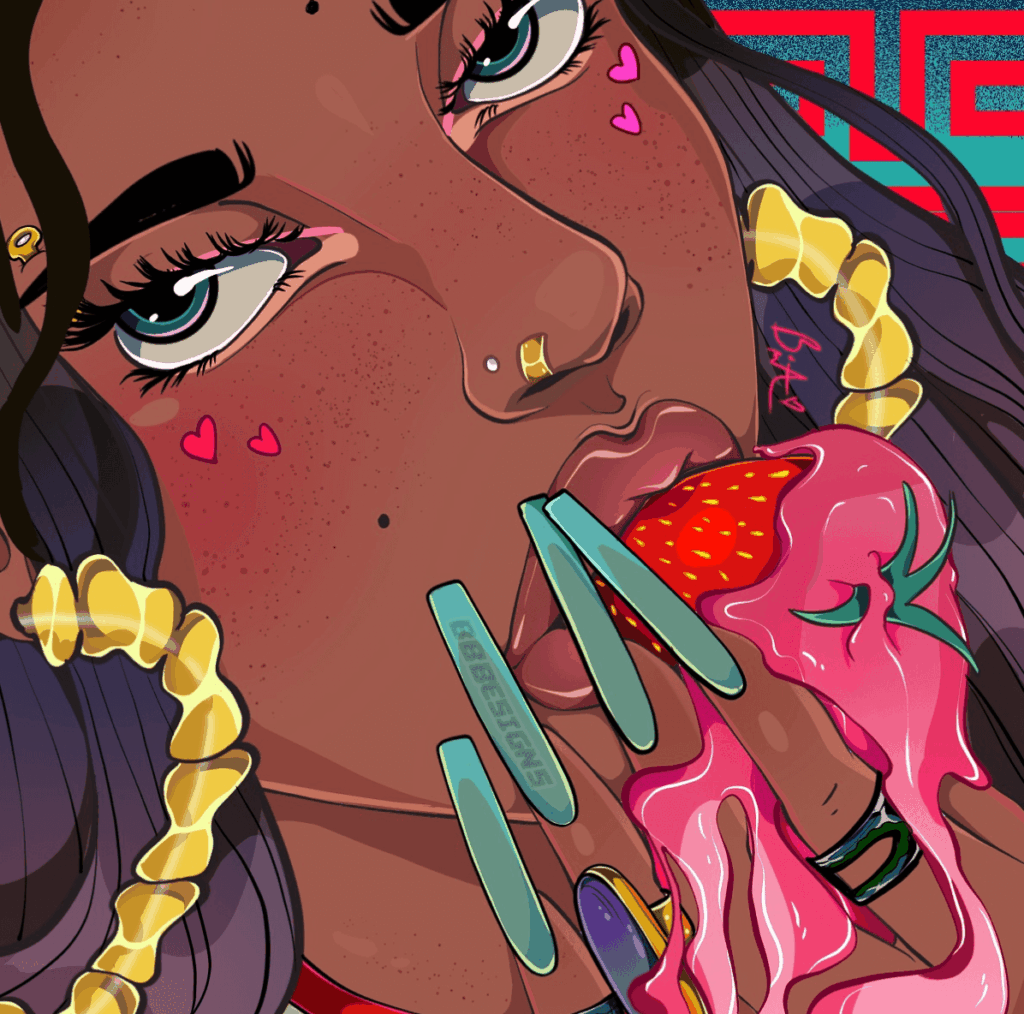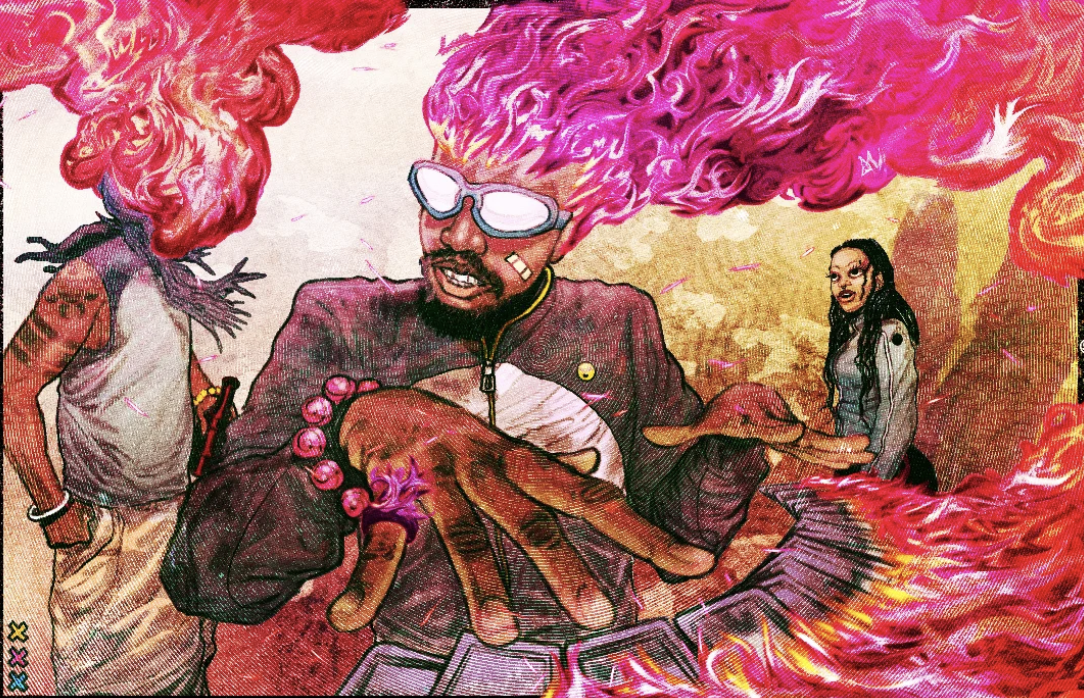Civilizations rise and fall, leaving behind ruins, inventions, and philosophies. Yet, the most enduring legacy of any people is not its politics or even its power, but its art and culture. These two elements are the very soul of civilization, carrying within them the heartbeat of humanity across centuries. In today’s rapidly changing world, art and culture remain both anchors to our past and bridges to our future.
Art as the Mirror of Humanity
From the cave paintings of Lascaux to contemporary digital installations, art has always been humanity’s mirror. It reflects who we are, what we believe, and how we perceive the world around us. Ancient civilizations carved their values into stone temples, painted their gods on walls, and composed songs that told stories of triumph and tragedy.
In the modern era, art continues to reveal our collective consciousness. Whether through African beadwork, Asian calligraphy, or Western abstract painting, artists interpret the spirit of their age. At the same time, art challenges society—provoking dialogue, questioning injustice, and inspiring change.
Culture: The Fabric of Identity
If art is the mirror, culture is the fabric that weaves identity. It encompasses language, traditions, rituals, music, and knowledge systems that shape how communities see themselves. Culture tells us where we come from and guides how we navigate the present.
In a changing world driven by globalization and technology, culture faces both opportunities and threats. On one hand, cultures intermingle, creating new fusions of music, cuisine, and fashion. On the other hand, the erosion of indigenous traditions, languages, and crafts raises questions about preservation and authenticity.
The Changing World and Its Impact
The 21st century is defined by speed—technological innovation, mass migration, climate change, and shifting political landscapes. These forces have transformed how art and culture are created, consumed, and valued.
-
Digital Art and Technology: Social media platforms allow artists to reach global audiences instantly, while AI and virtual reality are redefining what it means to “create.”
-
Cultural Exchange: Migration and diaspora communities blend traditions, making culture more hybrid and interconnected.
-
Preservation vs. Evolution: While UNESCO and local initiatives work to preserve heritage, cultures are also adapting to remain relevant in modern contexts.
Thus, art and culture are no longer confined by geography—they are global conversations.
The Soul of Civilization
Art and culture form the soul of civilization because they embody values that transcend time: beauty, meaning, memory, and aspiration. When cities fall, it is their art—statues, manuscripts, music, and rituals—that keep their memory alive. The pyramids of Egypt, the terracotta warriors of China, the masks of the Yoruba, the epics of Homer—all remind us that civilizations are remembered through what they created, not merely what they conquered.
In a changing world, the soul of civilization must be nurtured. This means investing in artists, respecting cultural diversity, and protecting heritage. It means recognizing that creativity is not a luxury but a necessity for human progress.
Conclusion
Civilization without art and culture is like a body without a soul—functional, but lifeless. As the world changes, our responsibility is not only to preserve what came before but also to foster new forms of expression that capture the essence of our times. In doing so, we ensure that the soul of humanity continues to shine through every brushstroke, song, sculpture, and story.
Art and culture, in their timeless resilience, remind us of a profound truth: while power fades and borders shift, the soul of civilization endures in creativity.



